“Cardiac Regeneration and Repair: Biomaterials and Tissue Engineering” is likely a specialized book that focuses on the use of biomaterials and tissue engineering approaches for the regeneration and repair of the heart. Authored by experts in the field of regenerative medicine, cardiology, biomaterials science, and tissue engineering, this book provides a comprehensive overview of current strategies and advances in cardiac regeneration.
Key features of this book may include:
- Basic Principles of Cardiac Regeneration: The book covers fundamental concepts in cardiac biology, including the structure and function of the heart, the cellular and molecular mechanisms of cardiac regeneration, and the physiological response to injury and disease.
- Biomaterials for Cardiac Repair: Biomaterials play a crucial role in cardiac tissue engineering by providing scaffolds for cell growth, promoting tissue regeneration, and delivering bioactive factors. The book may discuss various biomaterials used in cardiac repair, including natural and synthetic polymers, hydrogels, and decellularized matrices.
- Tissue Engineering Approaches: Tissue engineering strategies aim to create functional cardiac tissues and organs for transplantation or in vitro modeling of cardiac diseases. The book may cover techniques such as cell-based therapies, organoid culture, and biofabrication methods for generating engineered cardiac tissues.
- Cell Therapy: Cell-based therapies involve the transplantation of stem cells, progenitor cells, or differentiated cells into the injured heart to promote tissue repair and regeneration. The book may discuss different cell sources, delivery methods, and therapeutic outcomes of cell therapy in preclinical and clinical studies.
- Bioactive Factors and Gene Therapy: The book may explore the use of bioactive factors, growth factors, cytokines, and gene therapy approaches to enhance cardiac regeneration and functional recovery. It may discuss the mechanisms of action, delivery strategies, and therapeutic potentials of these approaches.
- Preclinical and Clinical Studies: The book may review preclinical animal studies and clinical trials investigating the safety and efficacy of various cardiac regeneration strategies. It may analyze the outcomes of these studies and discuss challenges and opportunities for translation to clinical practice.
- Regulatory and Ethical Considerations: As cardiac regeneration therapies move toward clinical implementation, regulatory and ethical considerations become increasingly important. The book may address regulatory pathways, ethical guidelines, and safety concerns associated with the translation of cardiac regeneration therapies from the bench to the bedside.

 Anaesthesia books
Anaesthesia books Behavioral Science Books
Behavioral Science Books Cardiology Books
Cardiology Books Obstetric and Gynecology
Obstetric and Gynecology AMC Books
AMC Books Prepladder Notes
Prepladder Notes Stethoscope
Stethoscope Dermatology Books
Dermatology Books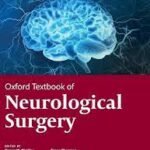 Neurosurgery Books
Neurosurgery Books Dentistry Books
Dentistry Books ENT Books
ENT Books Anatomy Books
Anatomy Books Biochemistry Books
Biochemistry Books Biostatistics Books
Biostatistics Books Plab Books
Plab Books Radiology Books
Radiology Books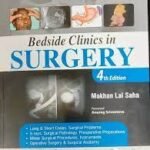 Surgery Books
Surgery Books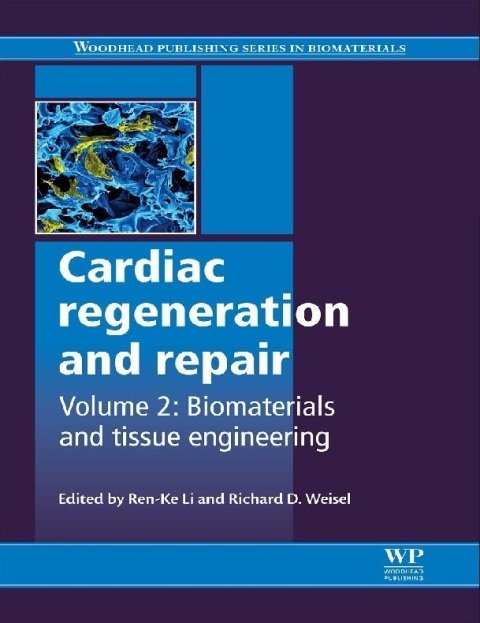

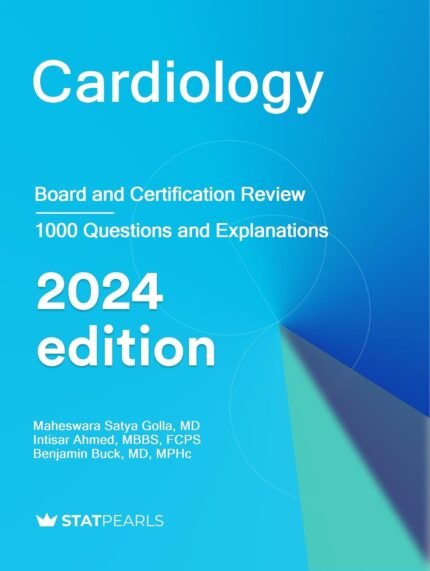





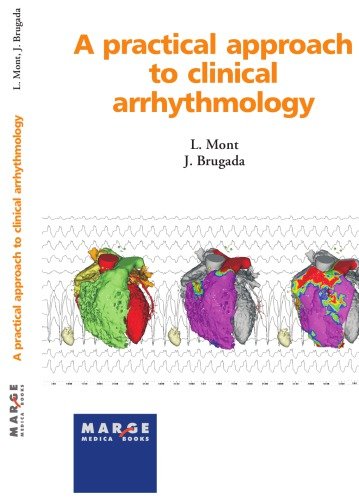

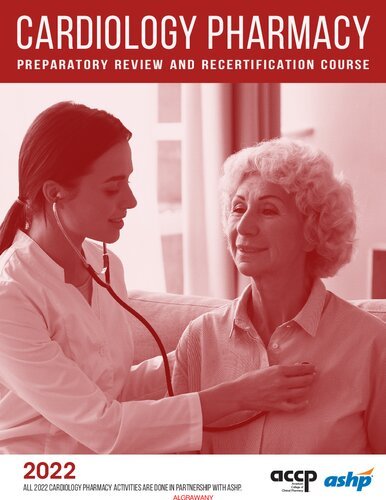
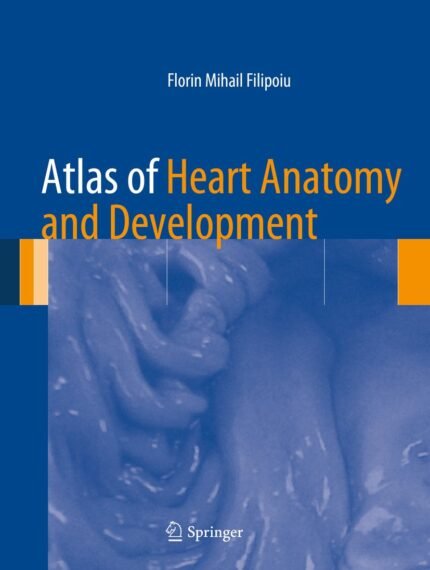
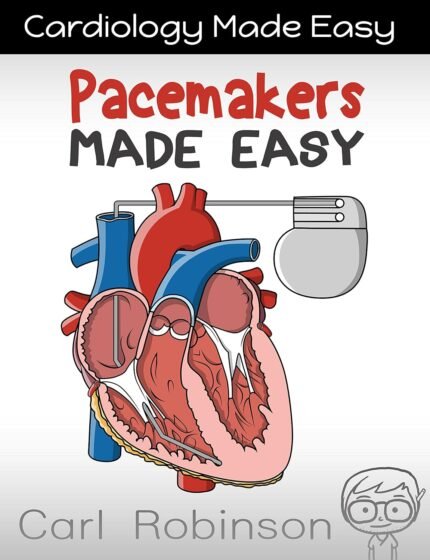
Reviews
There are no reviews yet.